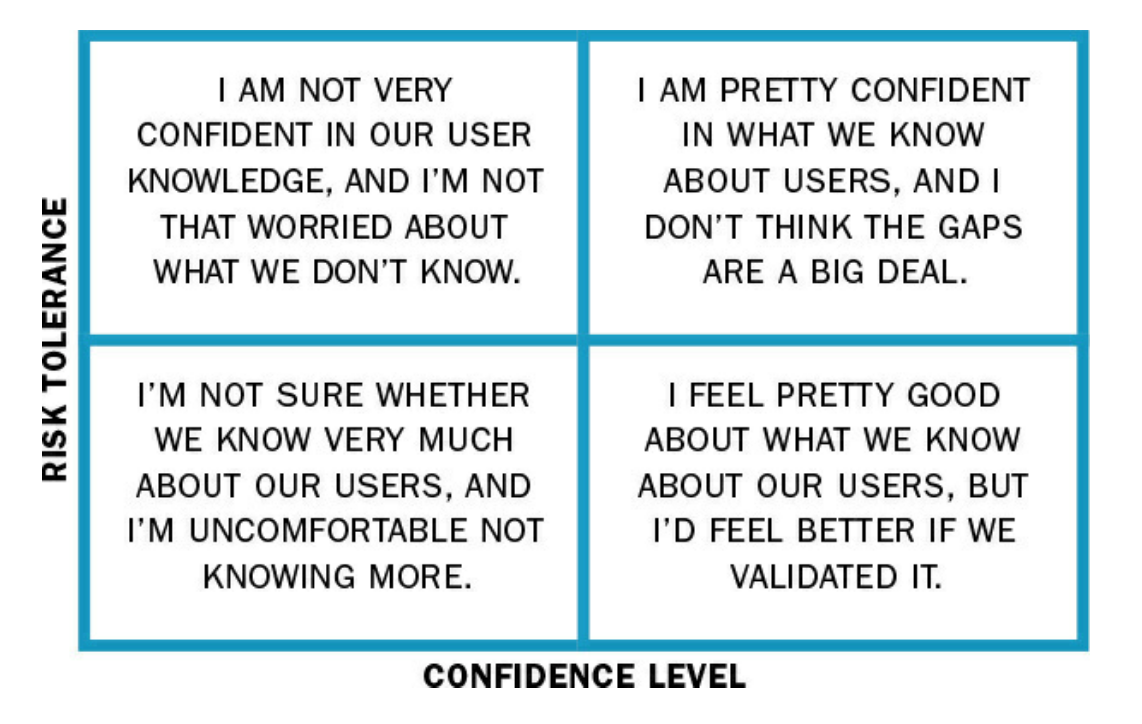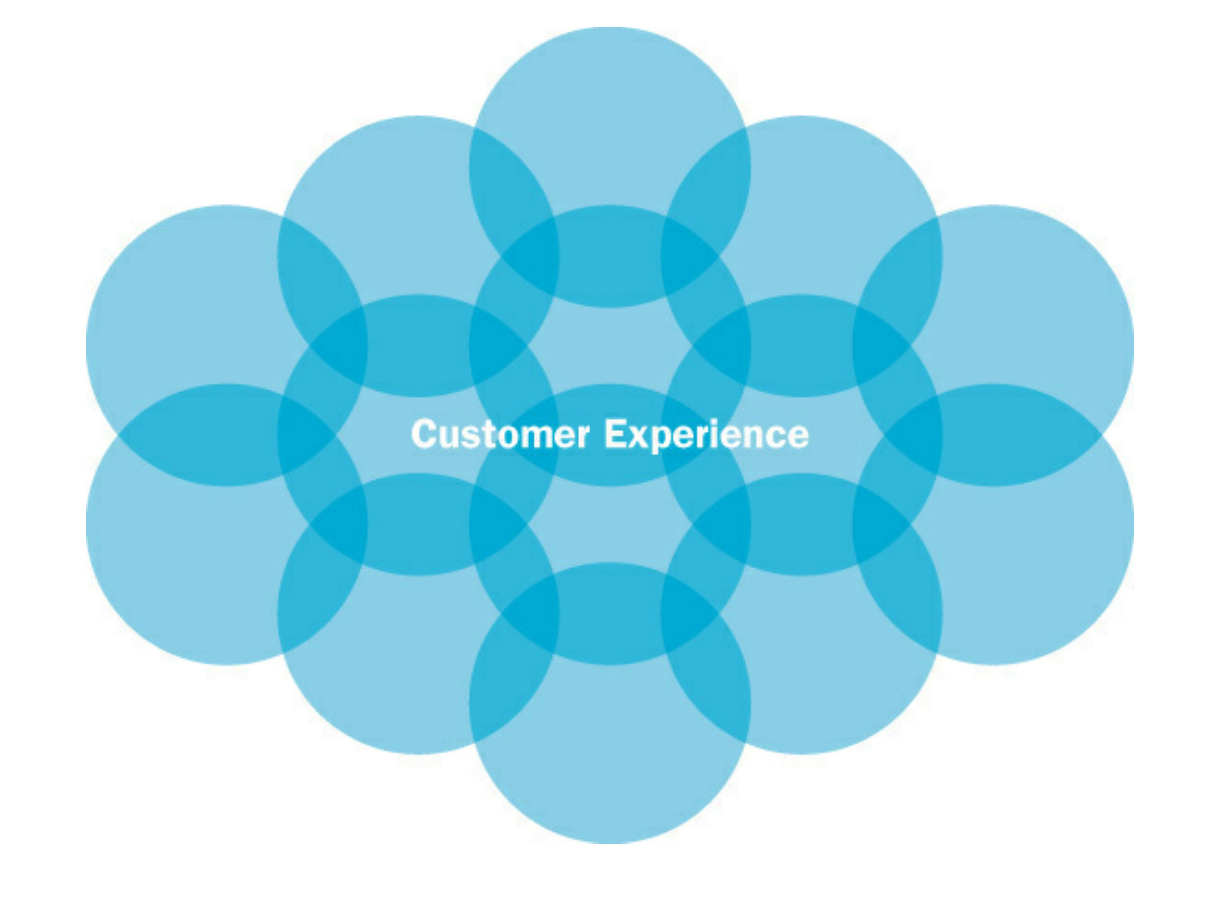
To better understand the differences and similarities of content creation, strategy and marketing it is important to comprehend how each of these disciplines work individually and fundamentally to fully understand how they support each other.
What is Content Creation?
Content is being created everywhere around us. To understand how content creation can help your company starts with understanding what it means. Content creation is the process of creating digital media for a specific end-user/audience.[3, Par. 1] This can range anywhere from images to websites for a business, article images, messaging, infographics, blogs or social media content and channels. A Pew’s Research Center identified a broad and encompassing definition of “content creation”. In a recent survey they conducted they found that 53 million people (American Internet users) refer to content creation as, contributing material to the online world. Content creation in their definition includes creating a Web site, posting material to another Web site for work, family or another organization, posting materials to a personal or another person’s Weblog or online diary. They also refer to it as posting photos, artwork, writing, or audio and video files to the World Wide Web, to a chat room or discussion or newsgroup or to a central server for sharing with others. [6, Par. 2]
Creating great content starts with a well-established process. Content creation begins by understanding your business.[1, Pg. 65] Meghan Casey, shares a great example involving a defensive client she worked with to amplify the importance of understanding your business before getting started in her book “Content Strategy Toolkit”. During a client stakeholder interview, Meghan asked the question “How do you decide what products to offer?”. The response she received was, “Why do you need to know that if you’re just helping us with our content?”[1, Pg. 65] The client was genuinely confused about the overall process which drives content creation, marketing, and strategy together like an efficiently working machine. It is evident that you are more likely to recommend solutions that do not help the company achieve its business goals if you do not start from the beginning of the process.[1, Pg. 66]

Meghan Casey recommends to map out inward paths instead of jumping into content creation. By looking at your user research findings it can help you make informed decisions on your content. This will allow your client to think about your detailed page from the user’s perspective.[1, Pg 173] In the lung cancer image above the inward paths include, doing a browser search for lung cancer, a browser search for symptoms, clicking a link on the homepage and finding a link in a printed brochure.
Marketing and Strategy
Learning to target the right audience for your content is extremely important when it comes to content marketing and content strategy. Meghan Casey states that convincing businesses to spend money on audience and user research is very difficult.[1, Pg. 79] However, your individual marketing efforts and overall content strategy will push your content to the top of the pack.
So what is the difference between content marketing and strategy? It is important to understand that content marketing is a piece of an overall content strategy. Each piece of content you create will need a plan to reach the right audience in the correct context with the right content. Content strategy on the other hand is all-inclusive. It is the wholistic strategy of your company or business.[7, Par. 4]
Marketing allows you to attract and build an audience. Even the best content will die if it is not presented to your audience properly. There is sales content, customer-service content, event content, employee-generated content, product content, marketing and campaign content.[5, Par. 6] Content marketers know what works and what doesn’t when it comes to their discipline. They know which “go-to” tools to use to reach a very specific audience they want to reach with their content. By following the latest marketing trends, distributing valuable and also relevant content they can reach the right audience for a specific piece of content they want to market.

Meghan Casey uses the term ‘appetite’ to describe the user research assessment level of her client’s and stakeholders’. By assessing the appetite of your client’s or stakeholders’ you can get a better grasp of their overall confidence in what they assume or know. The image above compares and contrasts Meghan Casey’s client’s confidence level and tolerance. [1, Pg 86]

Content Strategy
Content strategy is a strategic marketing approach focused on the wholistic means to attract and retain a defined audience to drive profitable customer action.[7, Par. 1-16] SEJ Search Engine Journal refers to the content strategy to a business like a blueprint that lays out how its onsite and offsite content will be used to accomplish business goals.[7, Par. 16]
SEJ Search Engine suggests that a good content strategy answers any and all content usage questions below
- Why should the content be published?
- Where are we going to publish this content?
- When should we roll out this content?
- Who do we want to see it?
- What reactions are we hoping to receive from the content?
- What do we want to do with the content after we publish it?
Similar to content creation where we asked ourselves “How do you decide what products to offer?”, before digging into any marketing tools we should be asking ourselves “Is there a market for our product or service and how much would people pay for it?”.[1, Pg. 80] This is one of many questions Meghan Casey defines as marketing research. With market research you can tell whether people in the world, country, state, city or neighborhood want to buy your current (or planned) products.
Having a solid content strategy before publishing content is a necessity for any small or large business looking to maximize their reach online and offline. Making sure your content strategy foundation includes a well thought out plan will is crucial to the success of your business or company. This includes staying on top of the latest marketing, SEO and content creation trends to keep your business relevant and stay on track to reach your targeted audience.
“Meticulous planning will enable everything a user does to appear spontaneous.” – Mark Caine

Sources:
[1] https://www.amazon.com/Content-Strategy-Toolkit-Guidelines-Templates/dp/0134105109 Meghan Casey’s book, “Content Strategy Toolkit”
[3] https://sociallysorted.com.au/36-visual-content-creation-tools/
[4] https://trackmaven.com/blog/history-of-content-marketing/
[5] https://contentmarketinginstitute.com/2017/04/difference-content-content-marketing/
[6] http://www.pewinternet.org/2004/02/29/content-creation-online-2/
[7] https://www.searchenginejournal.com/whats-difference-content-strategy-vs-content-marketing/125716/
Free Images –
[1] https://www.amazon.com/Content-Strategy-Toolkit-Guidelines-Templates/dp/0134105109 Meghan Casey’s book, “Content Strategy Toolkit”
[8] https://www.pexels.com/photo/business-charts-commerce-computer-265087/
[9] https://www.pexels.com/photo/adult-boy-break-browsing-306534/
